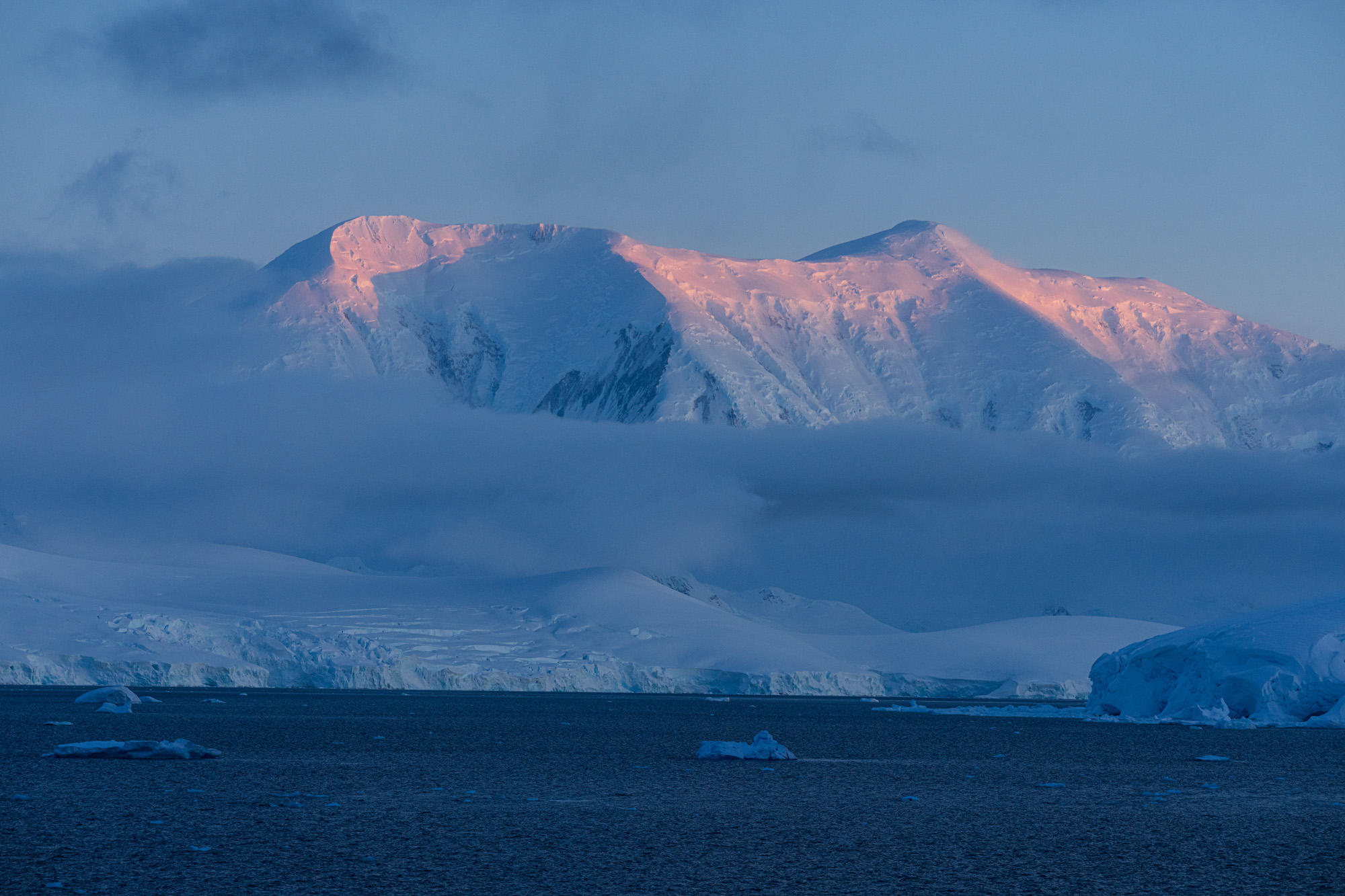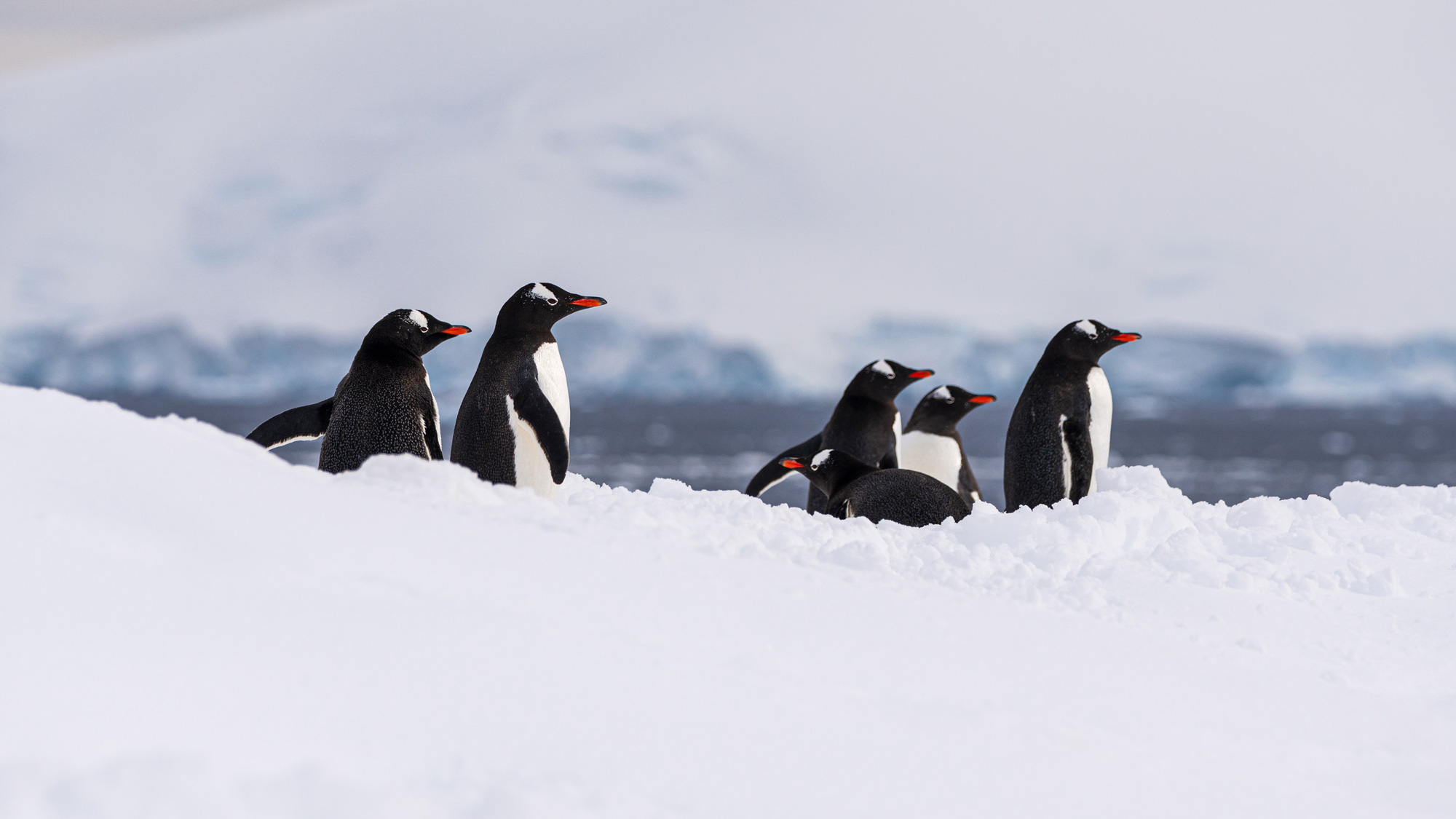We’ve been at sea crossing the notoriously rough Drake Passage for over two days and we are just now approaching land. The day before, a few lonely icebergs floated past us as well as some albatross on the wing, but now things are really getting exciting. As we approach Deception Island, there is a major uptick in wildlife spotting. From out of the blue, literally, a pod of orcas appears. This is the first time I have ever seen an orca and I am blown away. We are still on the our ship, Ocean Albatross, so getting a shot is a bit challenging. I quickly get my SIGMA 150-600mm onto my Sony a1 and at least am able to grab a snapshot.
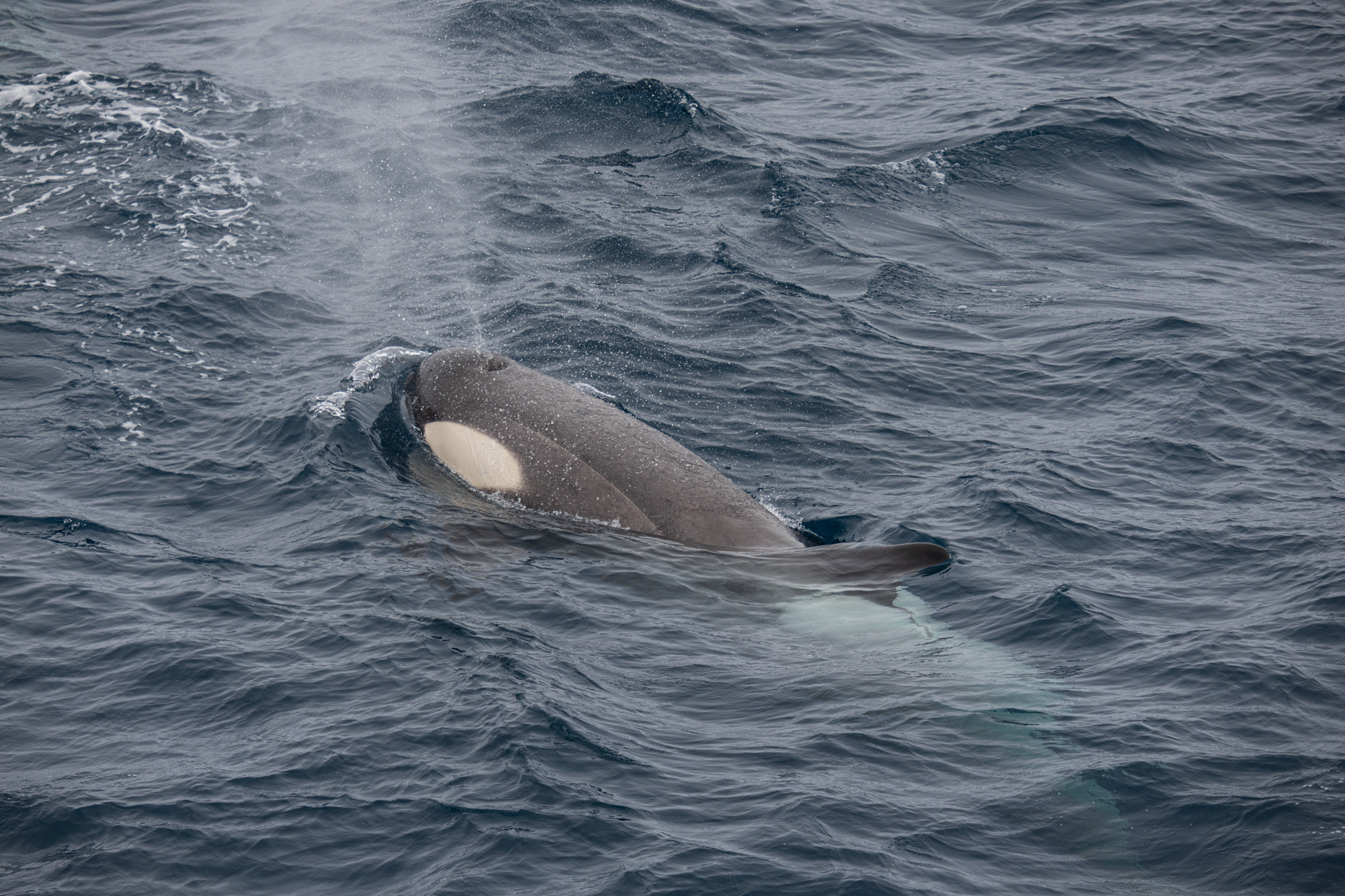
Immediately after that, we spot fin whales, and then penguins jetting out of the water on their way out to sea. And as we pull into Deception Bay, seals appear on the far bank.


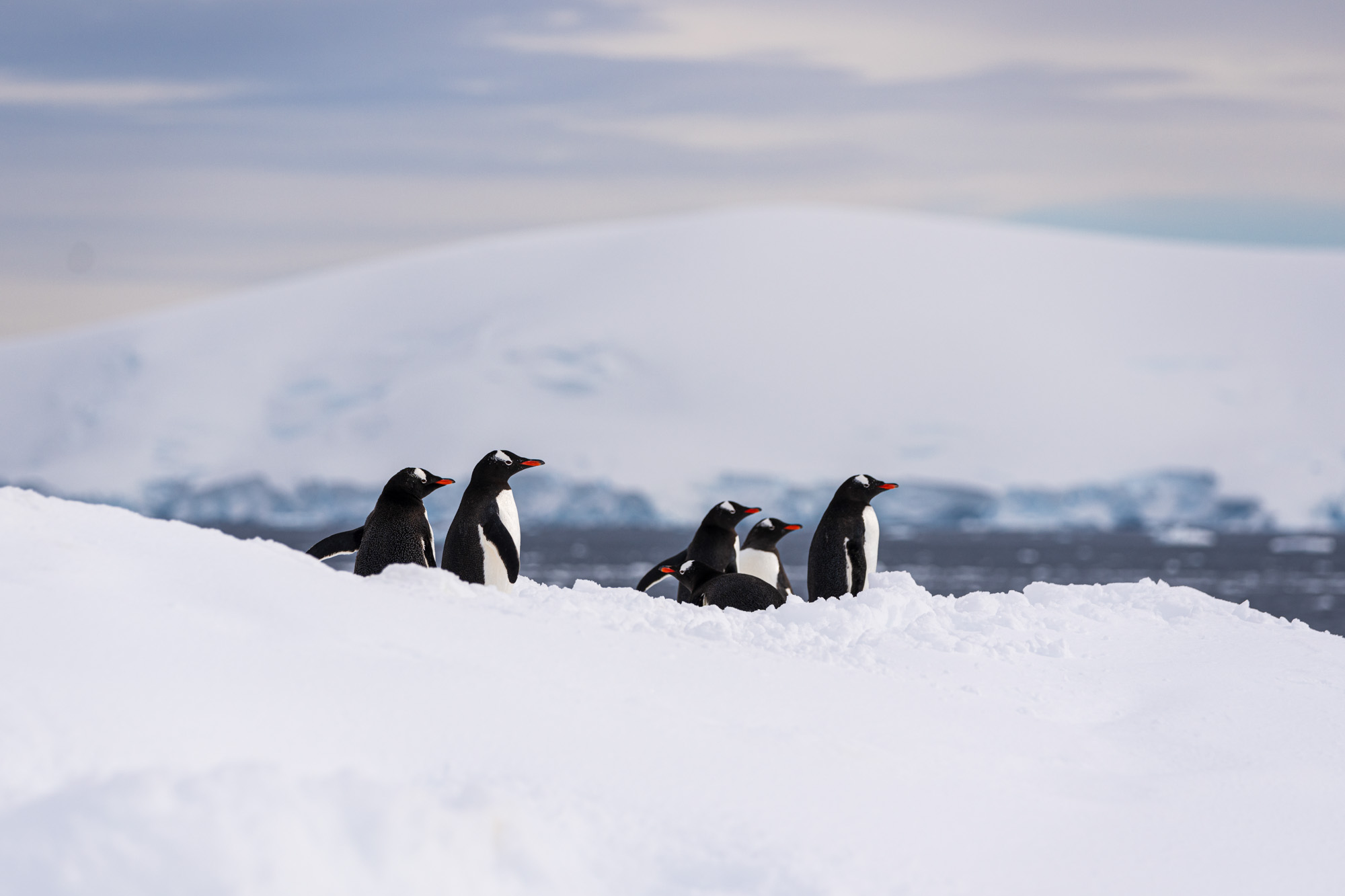
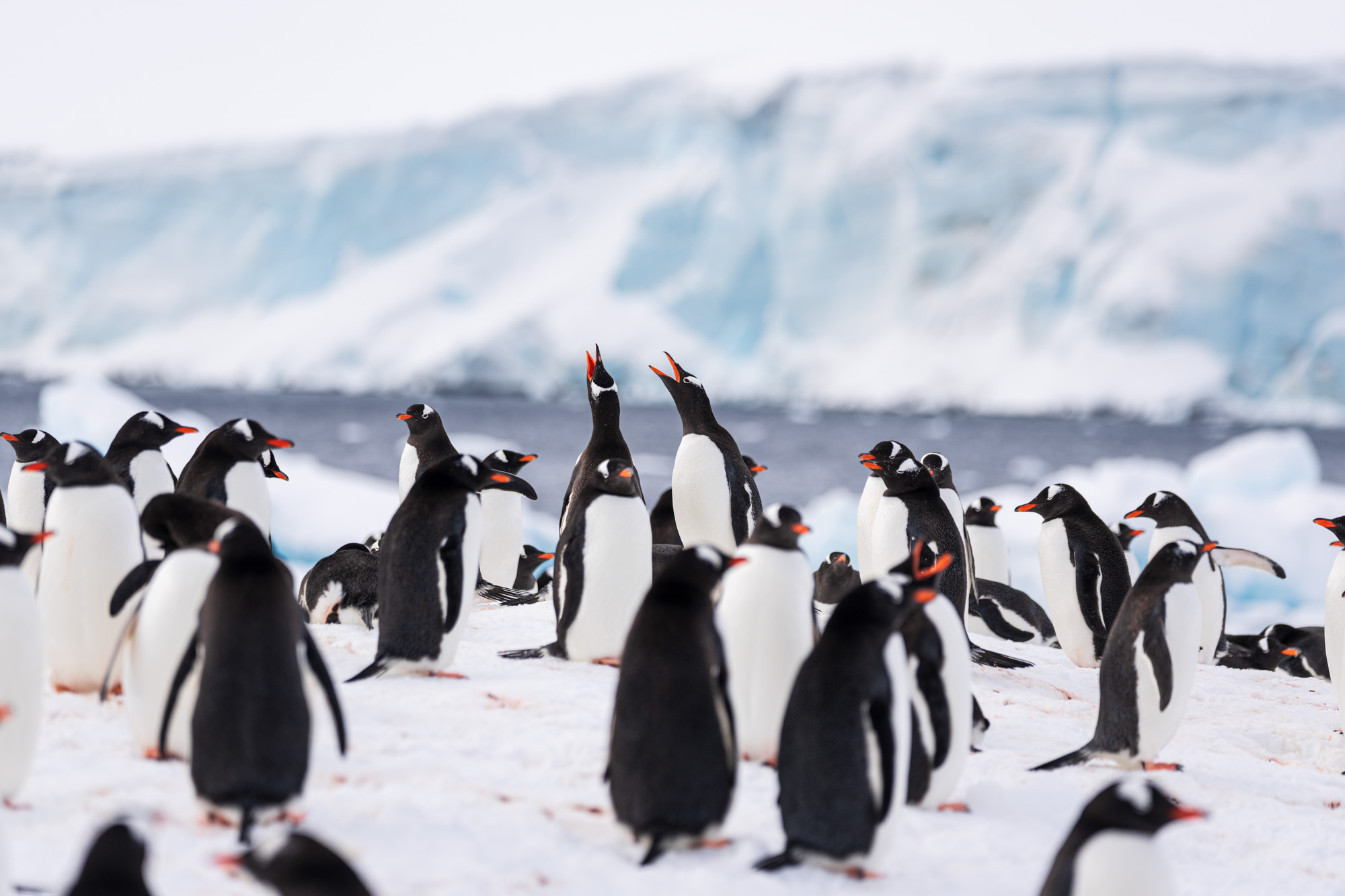
While this is an incredible way to start a trip, I’m not necessarily here to photograph wildlife. I am in Antarctica with Ice Axe Expeditions shooting an editorial assignment for Backcountry Magazine. So really, I’m here to shoot a story about adventure skiing, which is a big part of what I do for a living. I am very grateful for the fact that I get to travel around the world shooting stories for brands and magazines. Despite what my friends and family think, these trips are not vacations. They are work trips, and luckily I love working on photo missions.
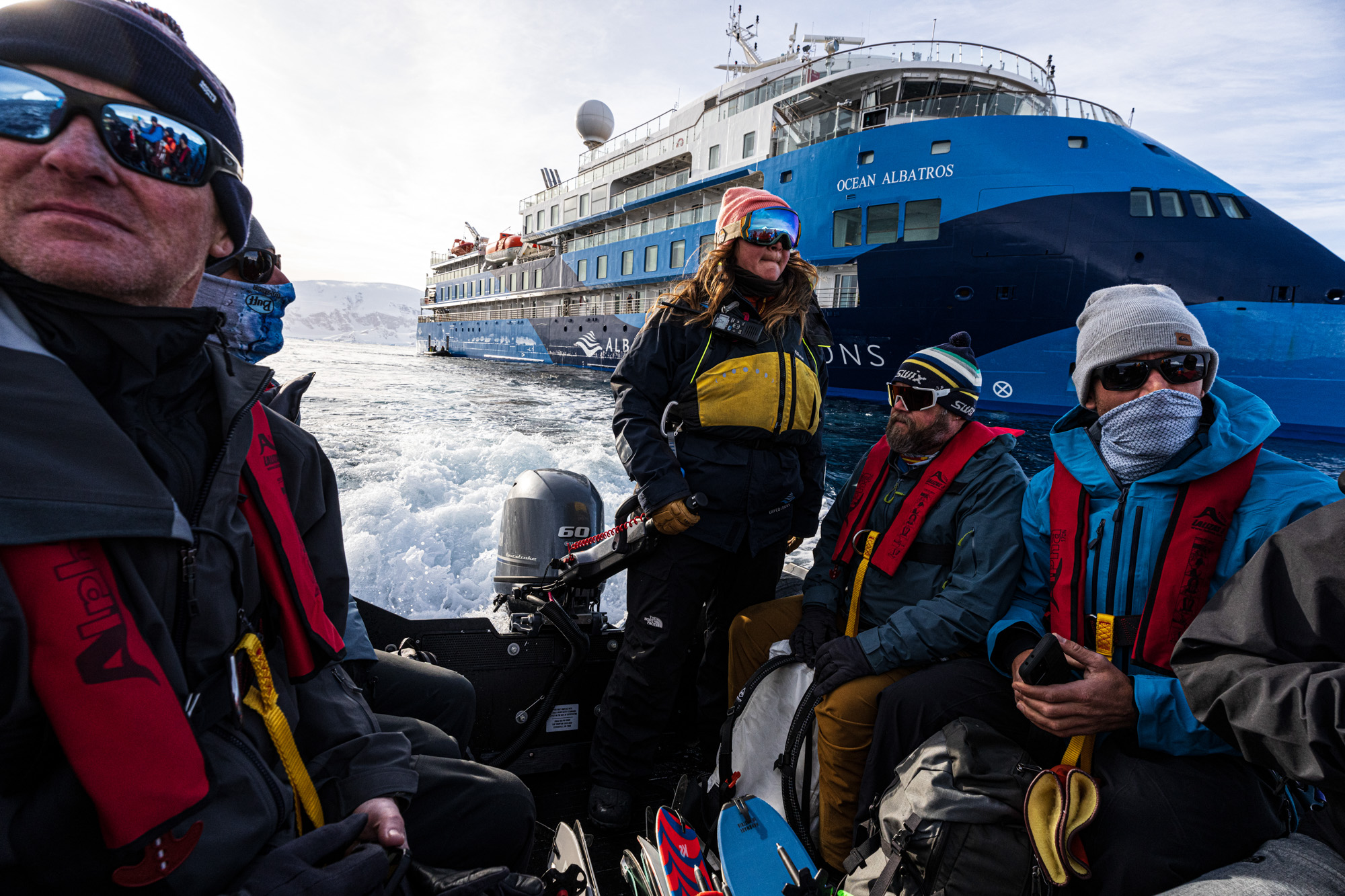
After a quick ski at Deception Island, our ship would head south and then work our way back north along the Antarctic Peninsula, making stops to ski along the way. When you are shooting an adventure travel story, you have to be sure to capture the entirety of the trip, not just the sport itself. So for me this meant that in addition to the ski photography, I would also be called upon to get some landscapes, portraits, lifestyle, icebergs, and wildlife too, as they are needed to tell the entire story of what it’s like to ski in Antarctica.
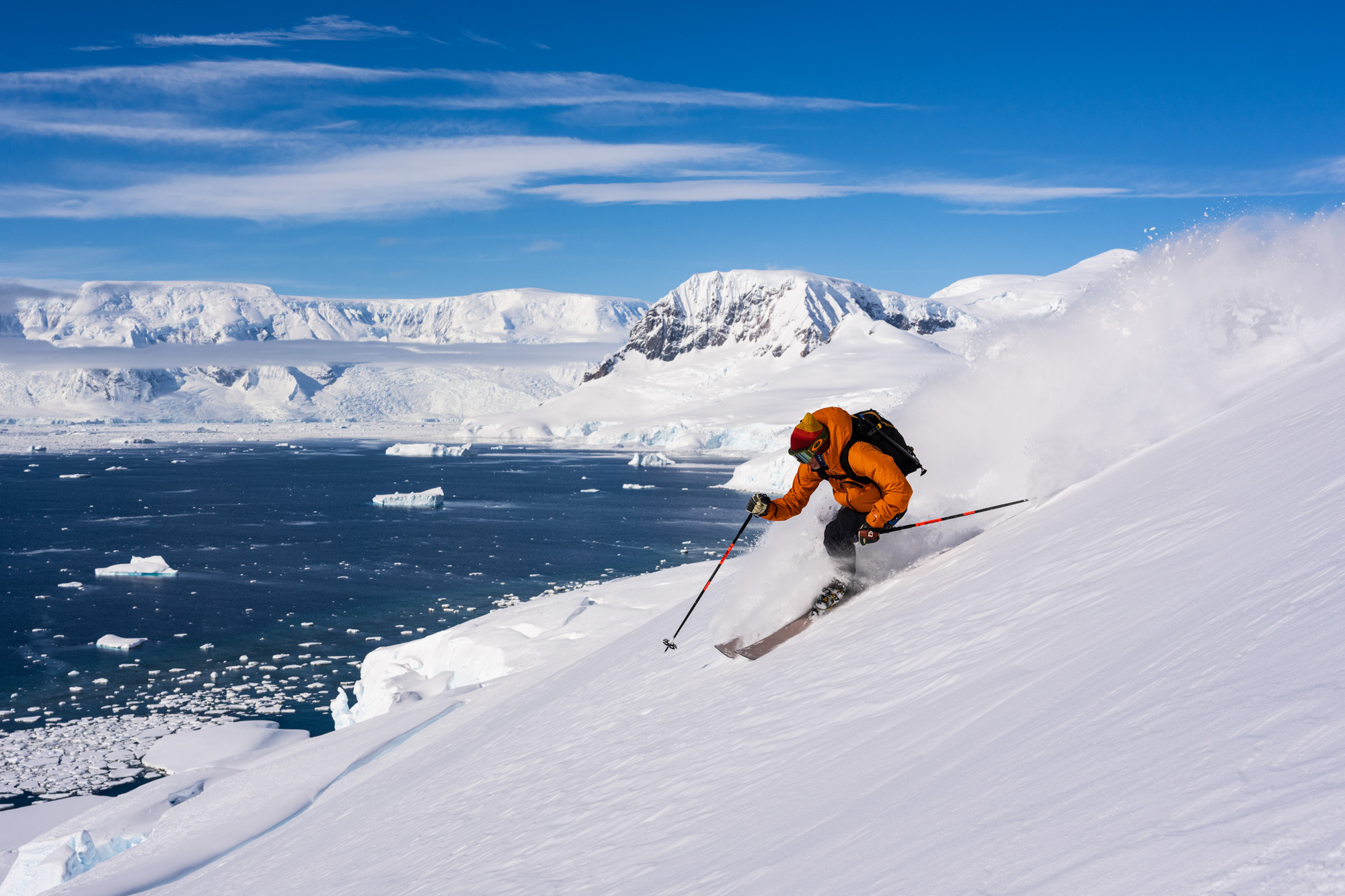
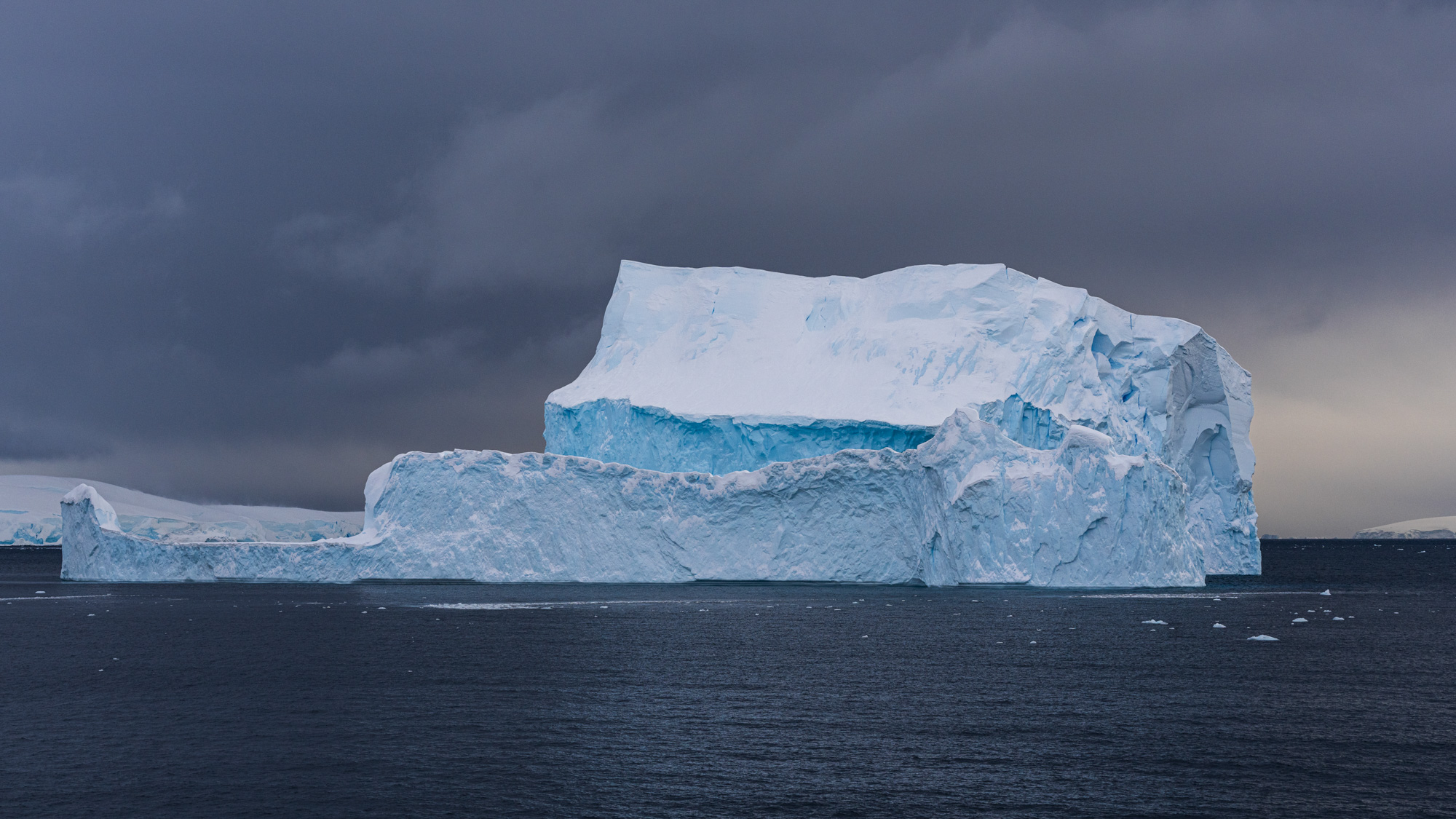
To tell this story photographically would take a not insignificant amount of gear. So what would I bring? Since most of you are not backcountry skiers, I won’t go too far into detail on that gear, but I would travel with skis, boots, skins (they attach to my skis and allow me to go uphill), all my avalanche gear including shovel, probe and beacon, and of course all my outerwear, insulating gear, gloves, hats, goggles, and lots of other stuff.
The photography gear
The camera kit I brought with me was extensive, but also extremely versatile, and I never went without. When traveling on assignment, I always bring two cameras with me just in case something happens to one. For this adventure, I had the Sony a1 as my primary camera and the Sony a9 II as my backup. For lenses, I would need everything from ultra wide-angle to super telephoto to bring the story to life, including:
- 16-28mm F2.8 DG DN | Contemporary
- 28-70mm F2.8 DG DN | Contemporary
- 70-200mm F2.8 DG DN OS | Sports
- 150-600mm F5-6.3 DG DN OS | Sports
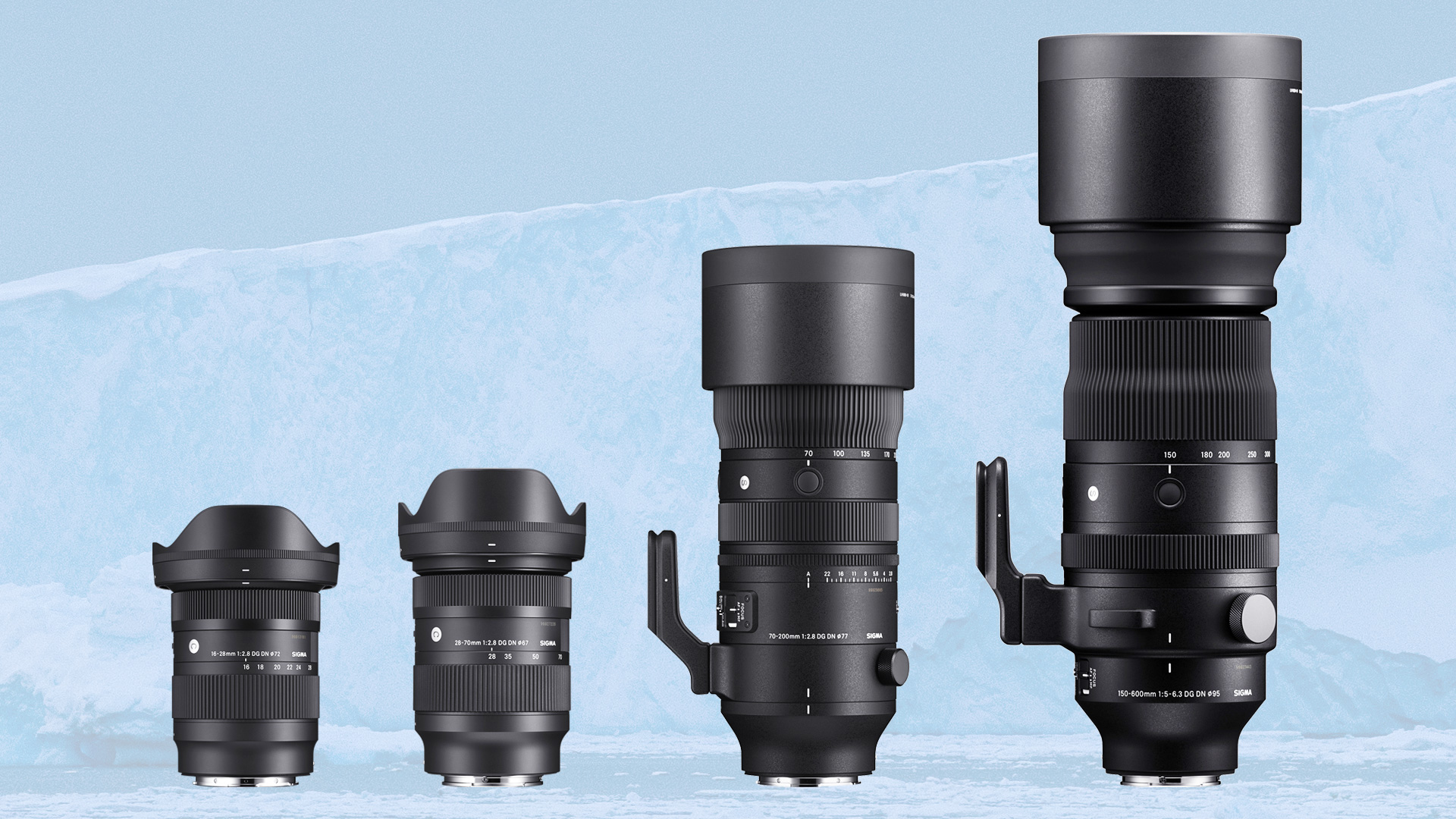
To some this may seem like overkill, but for me this was perfect. I was able to cover an extreme range of 16mm through 600mm in a fairly lightweight and compact package, which is important when traveling internationally. I was able to shoot everything from food and cabins at 16mm to seals adrift on icebergs at long range.
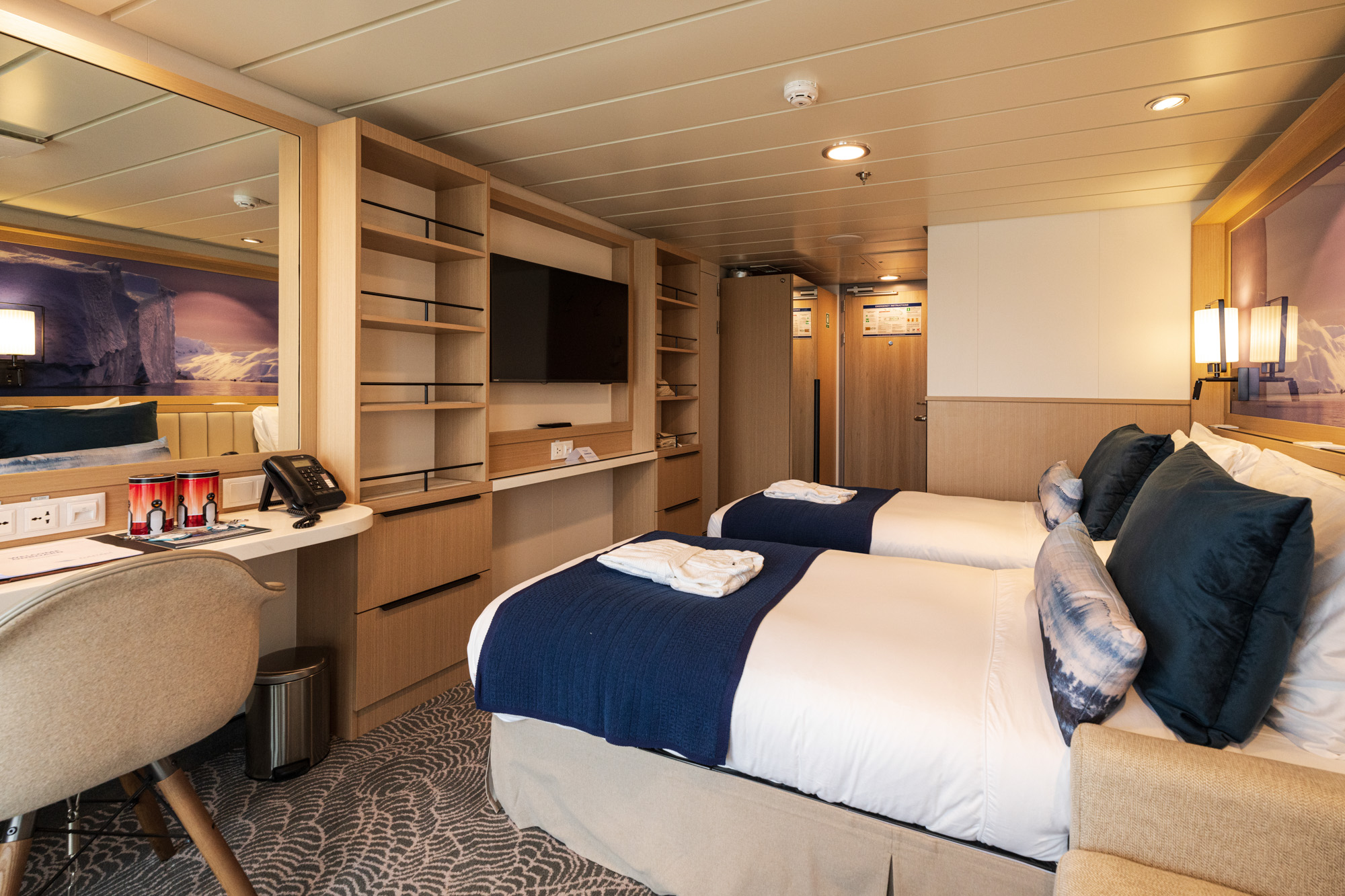


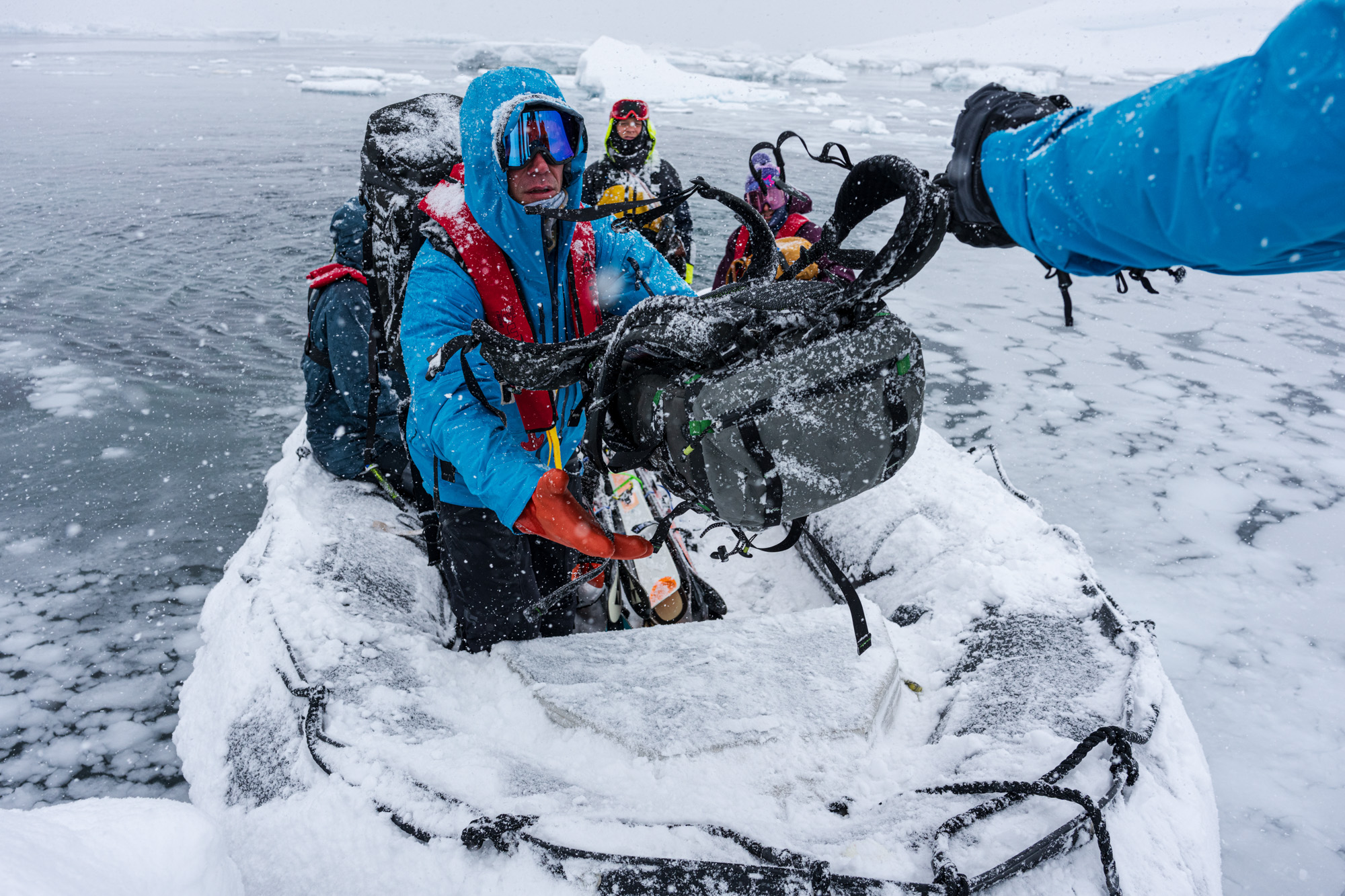
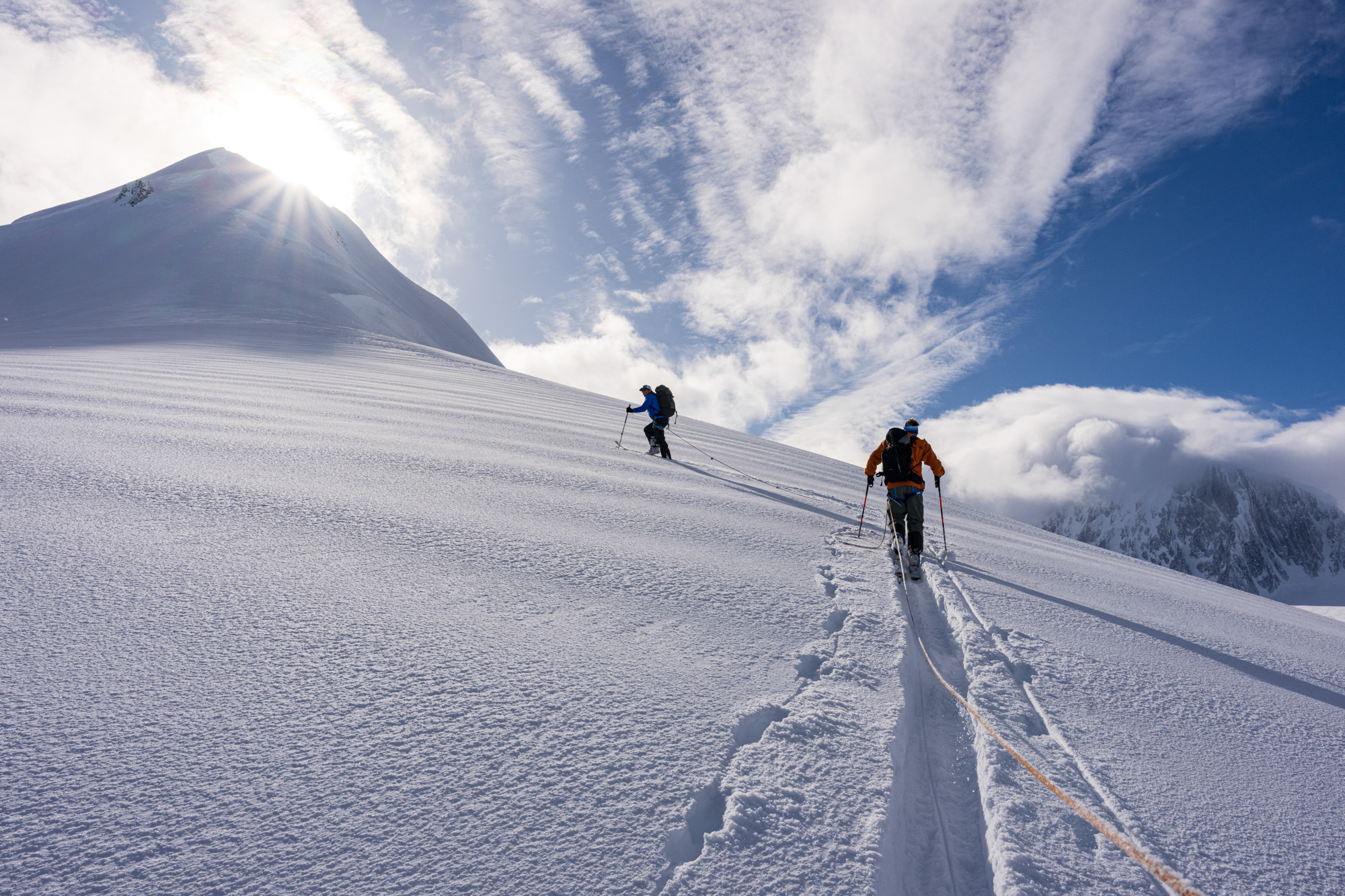
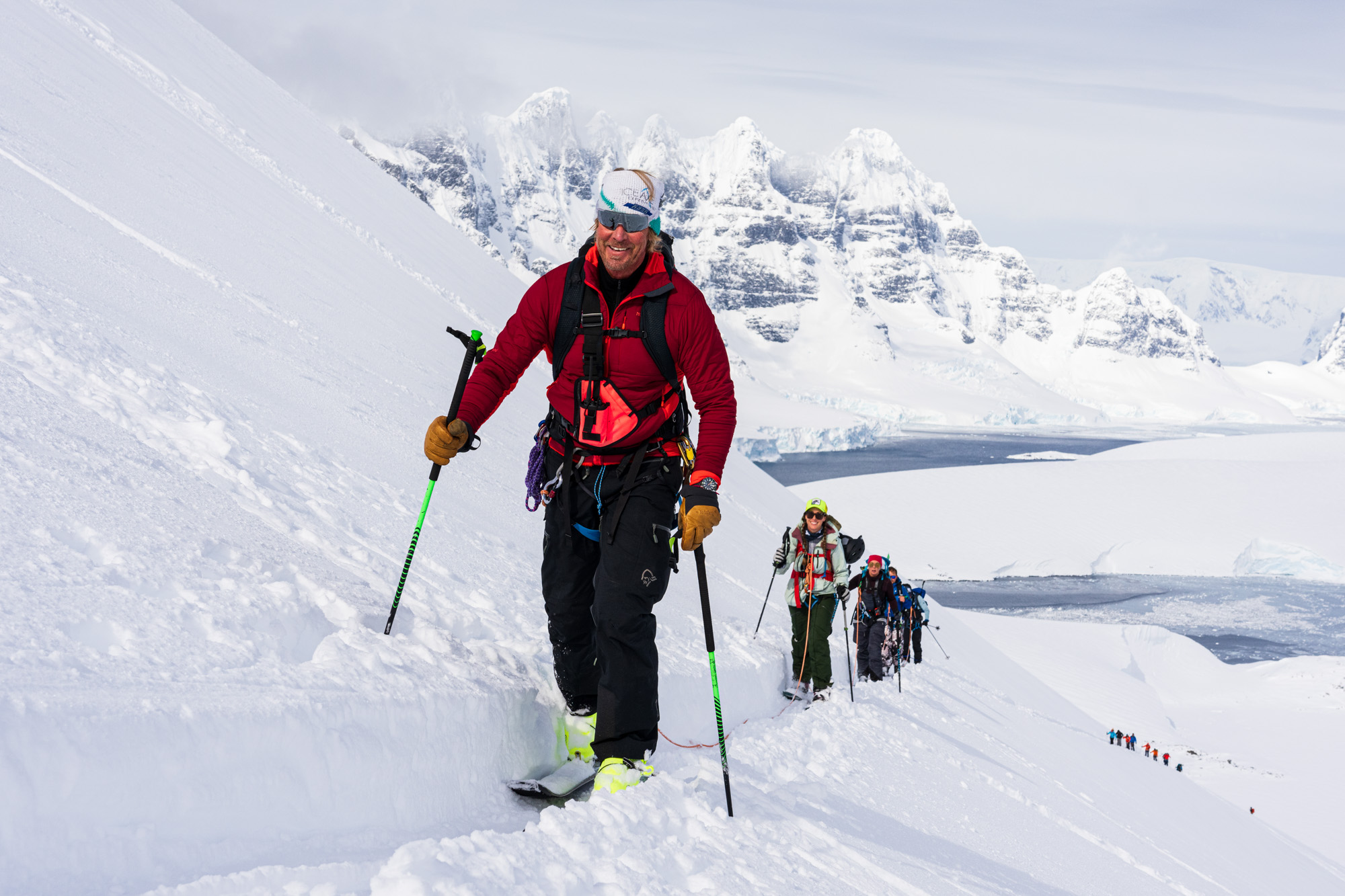
Shooting assignments at the ends of the earth is incredibly rewarding, but it can also be nerve-racking. You are only there for a short time and every decision you make and every setup you create is absolutely critical. Does this shot help tell the story or am I wasting my time? You literally get one shot and then the moment is gone. At times like this, experience is essential, and so is a good shot list. This will keep you from over or undershooting each aspect of the story. You don’t want to come home with 1000 ski photos and one penguin shot, or vice versa.
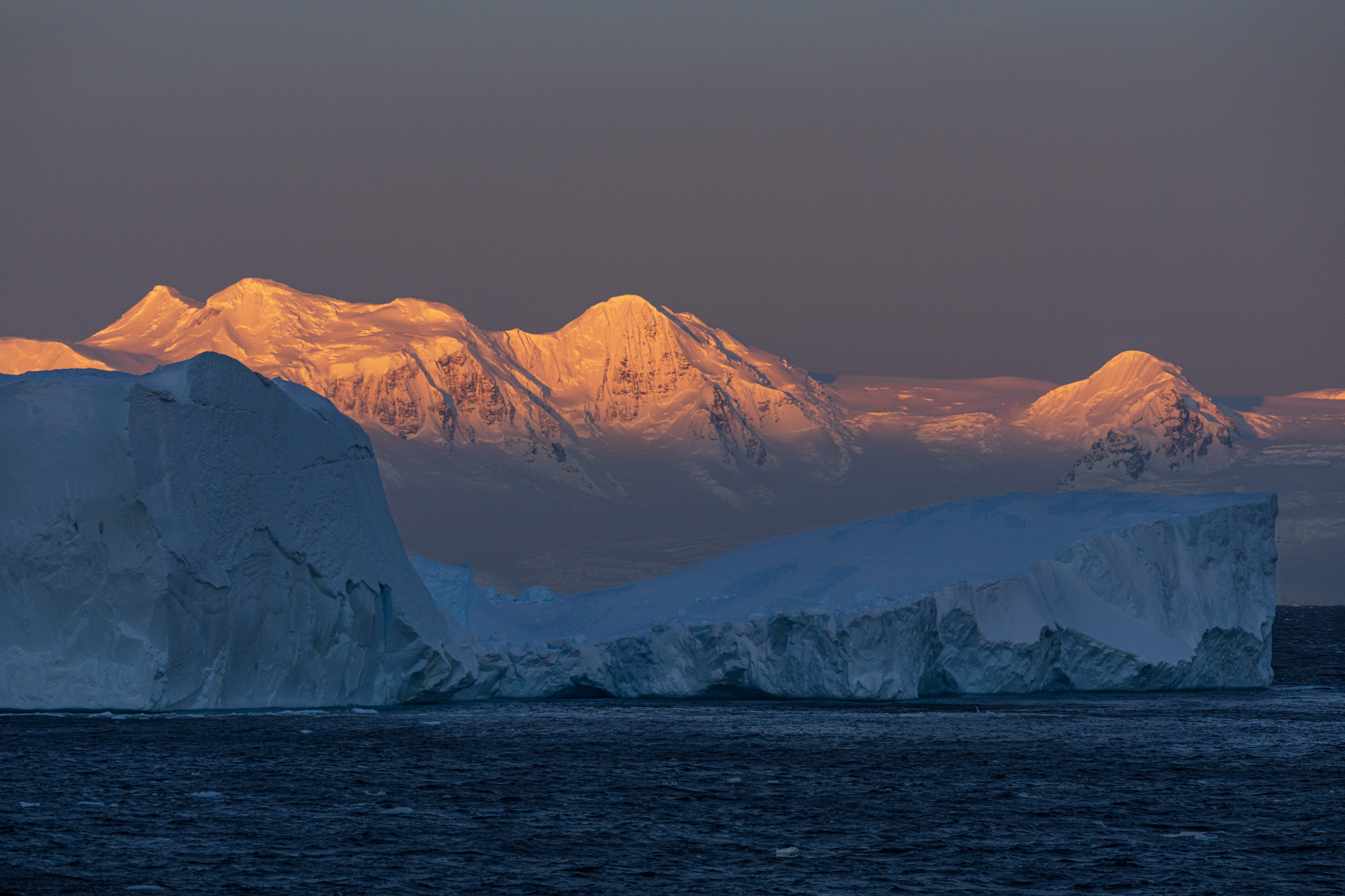

I rely on SIGMA in any conditions
I demand a lot out of my gear. It needs to be fast, sharp, light and accurate. I put my SIGMA lenses through some of the toughest conditions on the planet and they always deliver. And on this assignment, I was even able to grab a cover shot. It was taken with the 28-70mm F2.8 DG DN | Contemporary lens, no less.
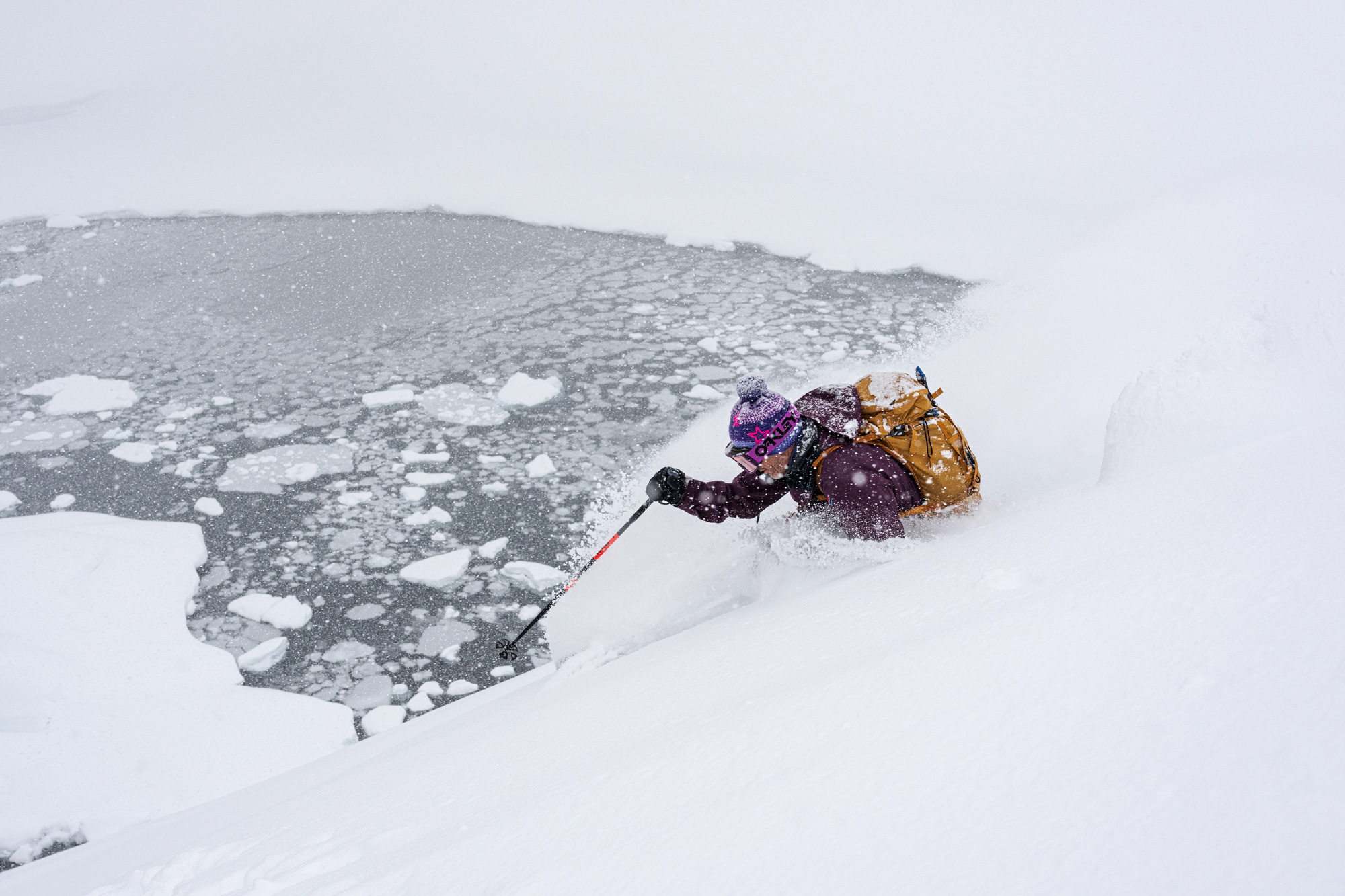
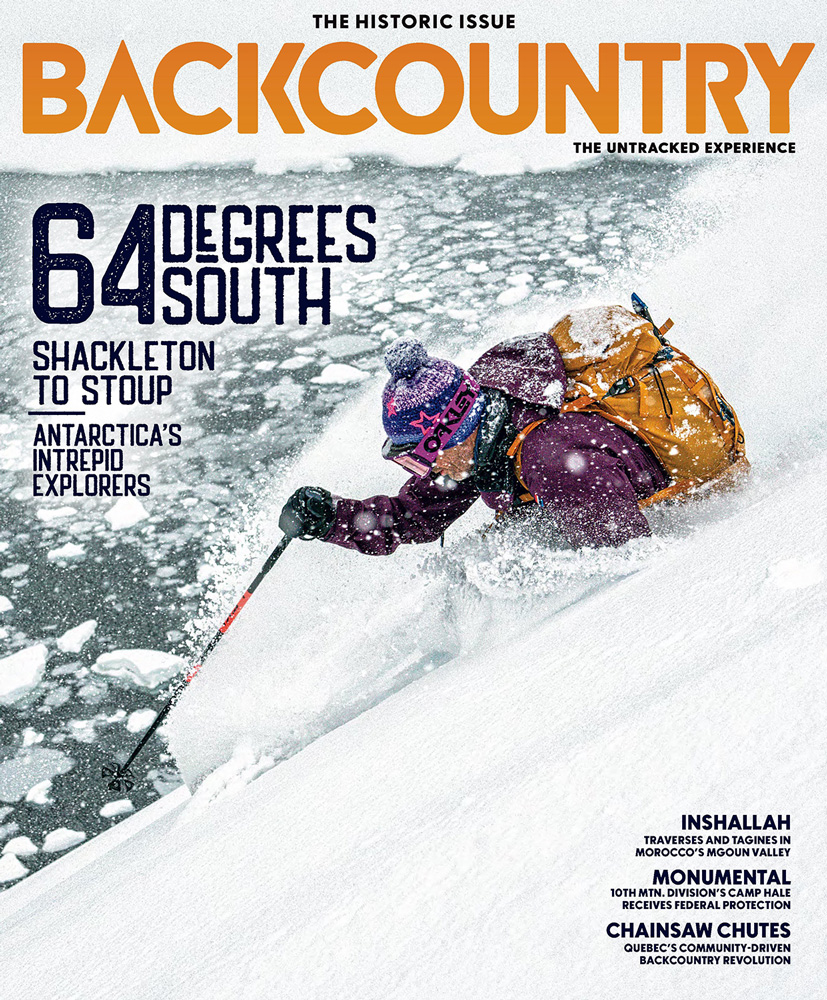
While some may think SIGMA Contemporary lenses are not for professionals, I humbly submit that they certainly can be. Getting the above image of a fast-moving skier in heavy snowfall with the Southern Ocean in the background is a once-in-a-lifetime shot, and I trusted my SIGMA Contemporary lens to nail it. Once again it did.
I should also point out that while I used my completely weather sealed 70-200mm and 150-600mm Sports lenses for telephoto work, the 16-28mm and 28-70mm Contemporary lenses are sealed only at the mount, and yet they still performed perfectly in incredibly demanding conditions, and I regularly trust them to hold up in challenging terrain like this. I did bring my 24-70mm F2.8 DG DN | Art lens as well, since that focal range was so important, but the 28-70mm was my go-to lens throughout the trip and it came through with flying colors.
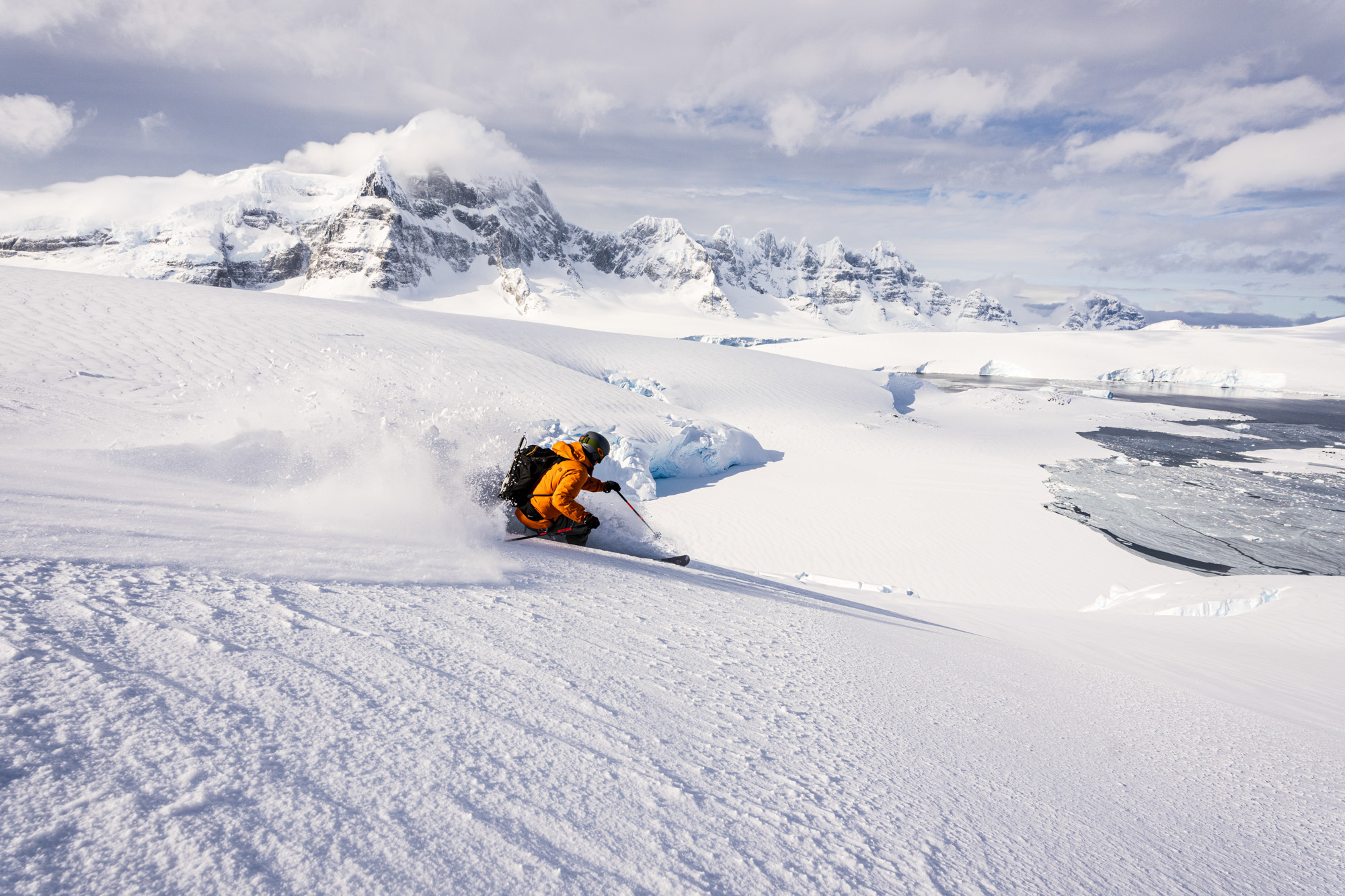
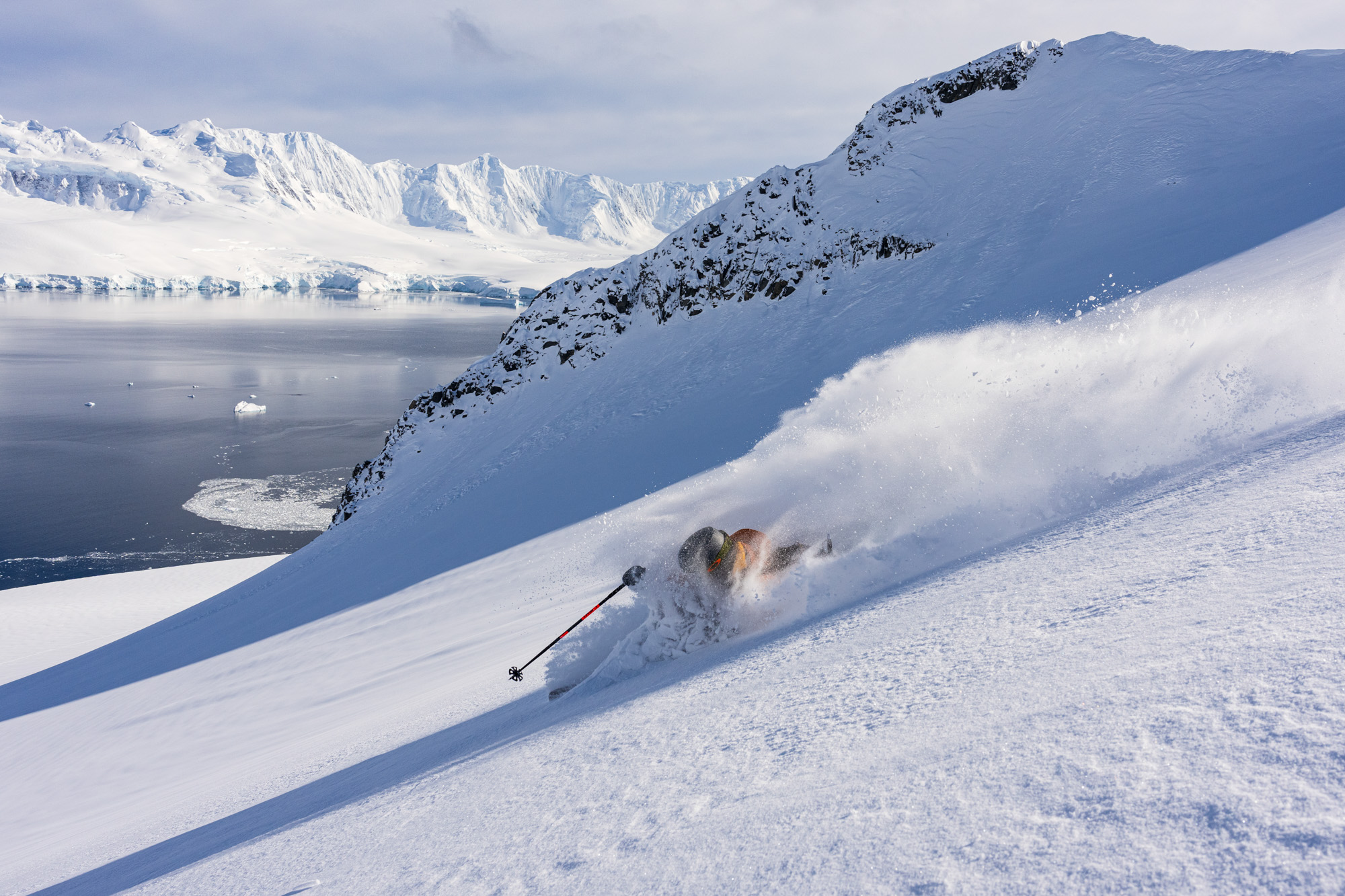
As always, with just a few SIGMA lenses in my pack, I was able to come home with a huge variety of images that captured the beauty of the environment, told a story, and most important, made my client happy. The sharpness, versatility, focusing performance and reliability of my SIGMA zoom lenses always gets the job done.
If you have a big adventure coming up and you need a new lens, be sure to check out one of SIGMA’s fantastic offerings, from wide-angle all the way to super telephoto. You won’t be disappointed. Hope to see you out there!

Get yours now! See the SIGMA lenses featured in this adventure:
